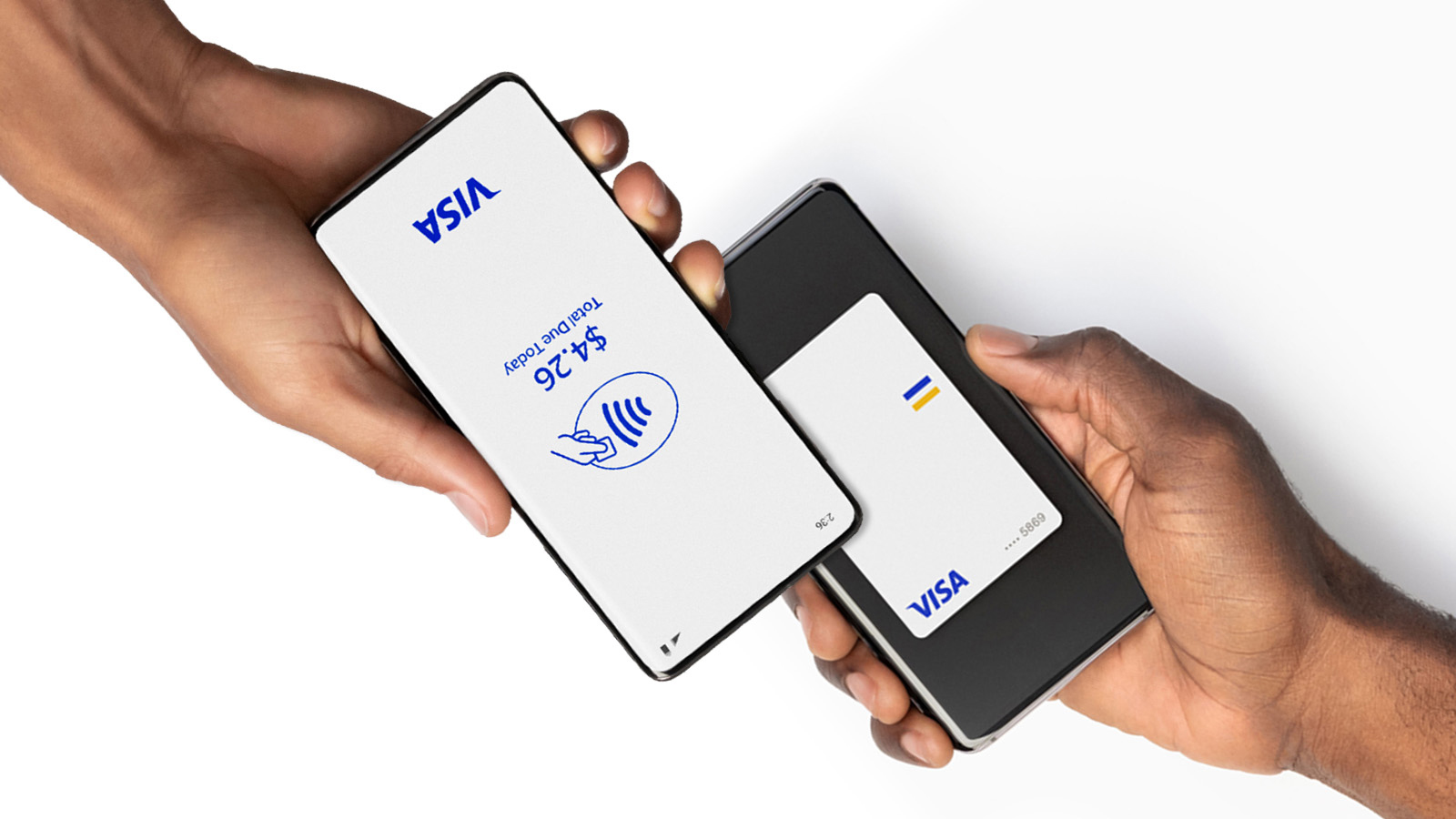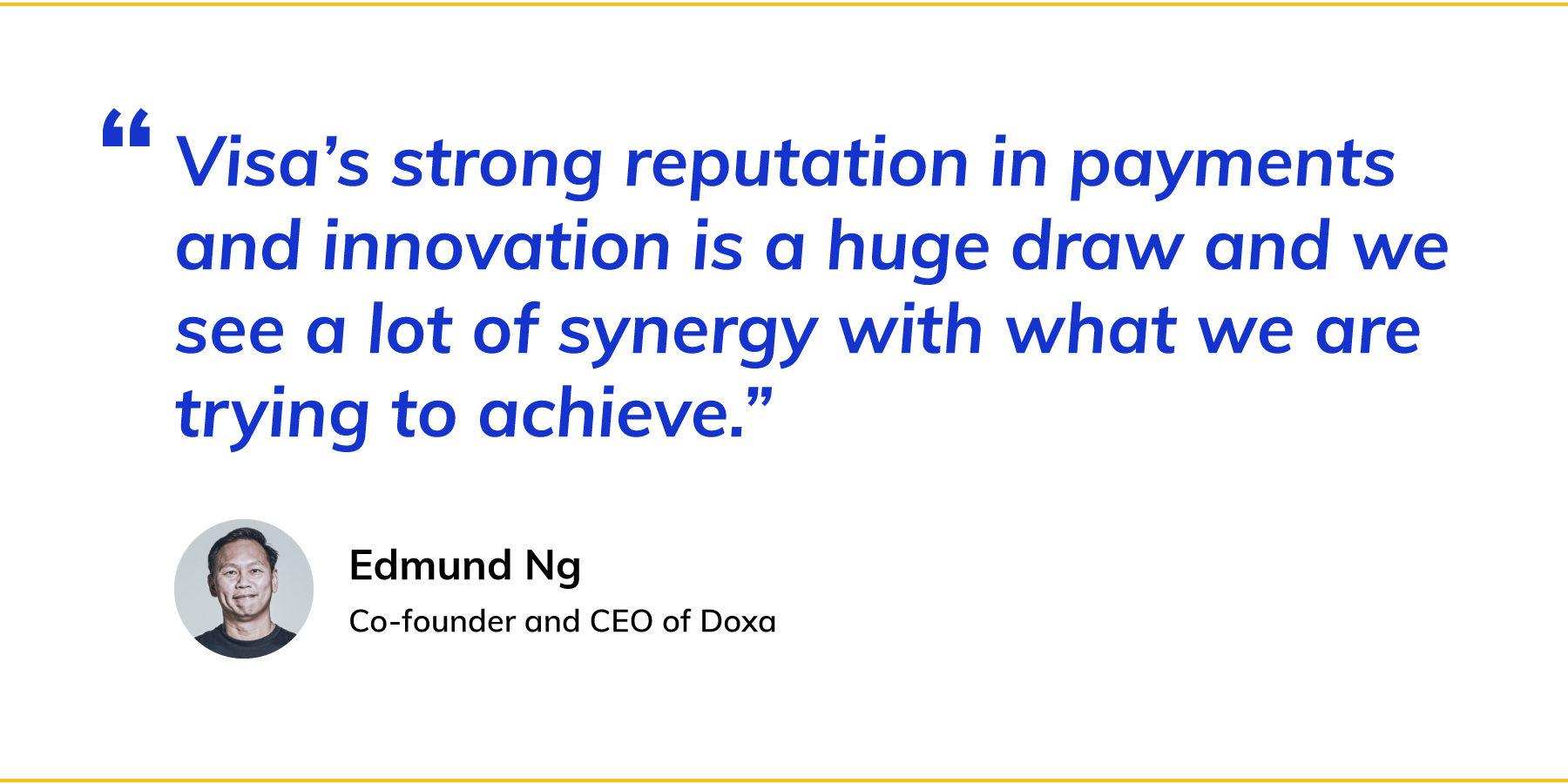Powering Billions of Sellers: How Visa Helps a Generation of SMBs Stay Agile – and Most Importantly, Get Paid
More than 200,000 visitors gather at Thailand’s Chatuchak Market every weekend, poring over its eclectic range of souvenirs, snacks, clothes, antiques and pets. What unites 15,000 stalls in the world’s largest market are an assortment of QR codes: since 2018, the market has gone cashless.
In Thailand, like in the rest of Asia Pacific, an appetite for new technologies is transforming the region into a hotbed of digital innovation.
With more than 200 million small businesses across Asia Pacific employing 70% of the workforce and accounting for 60% of GDP, only the most agile and responsive will survive – and nearly 9 in 10 of Asia Pacific’s SMBs now accept some form of digital payment.
The New Reality
As payment habits change, nearly 72% of consumers in the region have attempted to go cashless. Many have managed to go an average of 11 days without using cash, according to recent research from Visa.
In these digital-first environments, SMBs are faced with a new reality: digital payments are more than what types of payments they can accept – it’s also how they accept them.
Not only do consumers want to pay digitally, they also want to do so with minimal friction. With tokenization technology, which replaces 16-digit card numbers with a unique digital identifier, Visa is boosting payment authorization rates for frictionless payment experiences, while making digital transactions more secure.
As frictionless payments propel Asia Pacific’s digital economy to $3 trillion by 2028 (Euromonitor International), new ways to “tap” on a mobile device are empowering SMBs to accept a wider variety of payments and cater to consumer needs.

Among the solutions in Visa’s Tap to Everything suite, which will soon be rolled out in Asia Pacific, are Tap to Phone. This transforms any smartphone into a contactless payment terminal, allowing SMBs and individual sellers to accept payments without needing expensive, high-maintenance POS hardware.
This capability is especially beneficial for SMBs who operate on the go, or in environments lacking traditional payment infrastructure.
In addition, Visa’s range of new services – from Tap to Add Card, Tap to Authenticate, and Tap to Receive Funds – enables safer, seamless transactions with a single tap – reducing friction and enhancing the checkout experience. For SMBs, these solutions mean broader acceptance options and the ability to receive payments in seconds.
“Visa aims to empower individuals and small businesses, enabling billions of sellers worldwide to seamlessly integrate into the digital economy,” says Roy Choudhury, Head of Commercial and Money Movement Solutions, Regional Southeast Asia at Visa.
Accelerating Payment Innovation
And Asia Pacific’s SMBs are further driving payment innovation by creating new solutions.
For example, Doxa, one of Visa's fintech startup partners across the region, streamlines complex work certification processes and enables contractors to gain faster access to working capital.

As Visa helps more startups leverage its strengths in card issuance, cross-border payments and payment APIs to build new products that cater to the emerging embedded finance needs of corporates, developers and non-fintech platforms, the implications are clear: consumers and SMBs are in lockstep as the drivers of the region’s digital transformation.
Supporting Creators
This vibrant digital economy has further empowered many in Asia Pacific to start their own ventures, not least the region’s burgeoning gig and creator communities.
According to Visa’s 2024 survey, more than one in two respondents in Asia Pacific are now engaged in gig work, a trend that is particularly pronounced among Gen Z. The flexible, on-demand nature of their work means they require more frequent and immediate payments of varying amounts.
This creates a unique set of payment challenges, with many content creators and gig workers facing inflexible payment schedules and high transaction fees.
Delayed payments are also a major challenge: more than 800 of 1000 fashion freelancers surveyed by talent booking platform Contact have experienced late payments, with more than 1 in 3 stating they were paid late almost every time.
Flexible payroll and payment solutions that support cross-border payments are crucial in breaking the rigid payment cycles and cash flow challenges associated with traditional payroll systems.
Earned wage access (EWA) platforms, for example, ensure fair and timely payments by enabling gig workers and content creators to request a portion of their earned wages – usually up to 50% – at any point of the payroll cycle, instead of waiting for protracted payments.
Through the Vui app, Visa has partnered with Nano Technologies to improve EWA in Vietnam through the Vui App, providing workers with instant access to their earned wages. This initiative is particularly beneficial for middle- and low-income employees, offering a cost-effective alternative to high-interest payday loans and helping them avoid debt traps.
A Cashless Future
As Asia Pacific moves closer to a cashless future, payment innovations will not only reshape the region’s economy, but also redefine how businesses and consumers interact with the financial system.
SMBs are turning to digital payments not just out of necessity but because of the proven benefits: enhanced efficiency, reduced cash handling risks, and greater transparency in financial records. Fostering innovation and entrepreneurship in SMBs remains the cornerstone of the Asia Pacific growth story.
“Looking ahead, fostering environments that support SMB innovation and entrepreneurship will be essential,” says Choudhury.
“By embracing these strategies and solutions, SMBs can not only survive but thrive, driving economic growth and contributing to a vibrant, inclusive digital economy. The future of commerce is promising for those willing to adapt, innovate and collaborate.”
